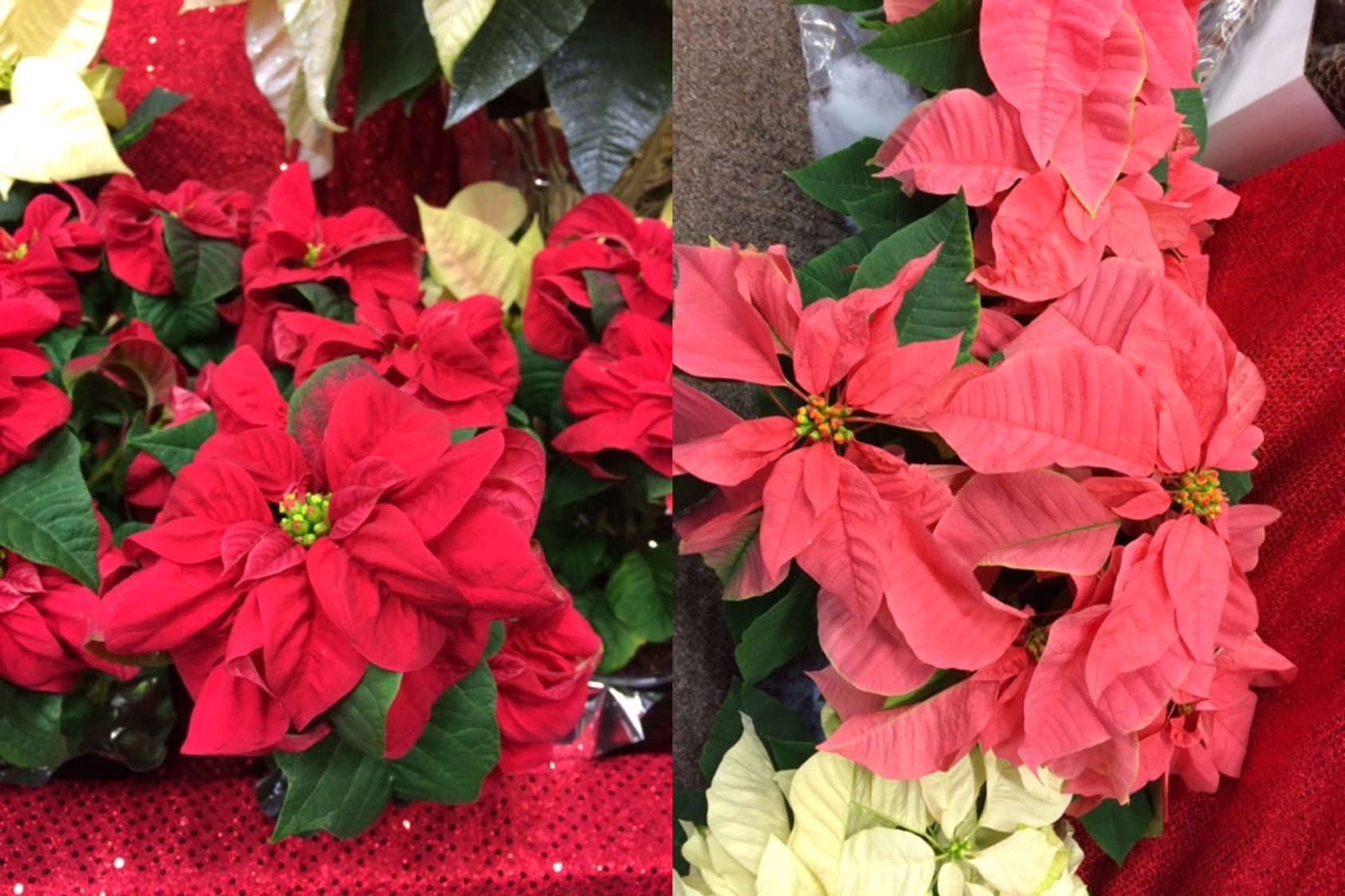
by Ludwig, Andrea Lorene
Here is some timely information from Horticulturalist and Tipton County Extension Agent, Joellen Dimond, on a favorite holiday plant, the poinsettia.
The poinsettia was first introduced to the United States in 1825 by Joel Robert Poinsett, first U.S. ambassador to Mexico. He obtained plants from the wilds of Southern Mexico. Known scientifically as Euphorbia pulcherrima, its common name comes from its founder, Mr. Poinsett. The actual flowers on the poinsettia are the tiny yellow centers of the surrounding colorful bracts. The plant has developed these bright and beautiful bracts to attract insects for pollination.
There are many long lasting cultivars in many color combinations available today. Breeders have worked hard to develop interesting colors and hardiness in poinsettias. Some growers are giving their flowers some spray color and sparkle with glitter. These coordinate well with today’s modern interiors and those who like the extra “bling” factor! Even with all the colors and artful additions, the red poinsettia is still number one in sales.
If temperatures are cold outside when you buy your poinsettia, put a bag over the blooms with warm air trapped inside from the store. This will help keep the drastic temperature change from harming your plant. To insure your poinsettia stays beautiful, keep it in a bright place out of direct sunlight. Keep the soil a consistent moist to dry-moist. It is best to take the plastic, decorative liner off when watering to let water drain from the container. Watering with the decorative plastic on the container can lead to excess water standing in the liner. This will cause the plant to start to decline and drop leaves. How much to water will be determined by the indoor air and humidity levels in your home. High heat and low humidity will have you watering more often. Given the right environment and proper watering can have your poinsettia lasting until Spring arrives!